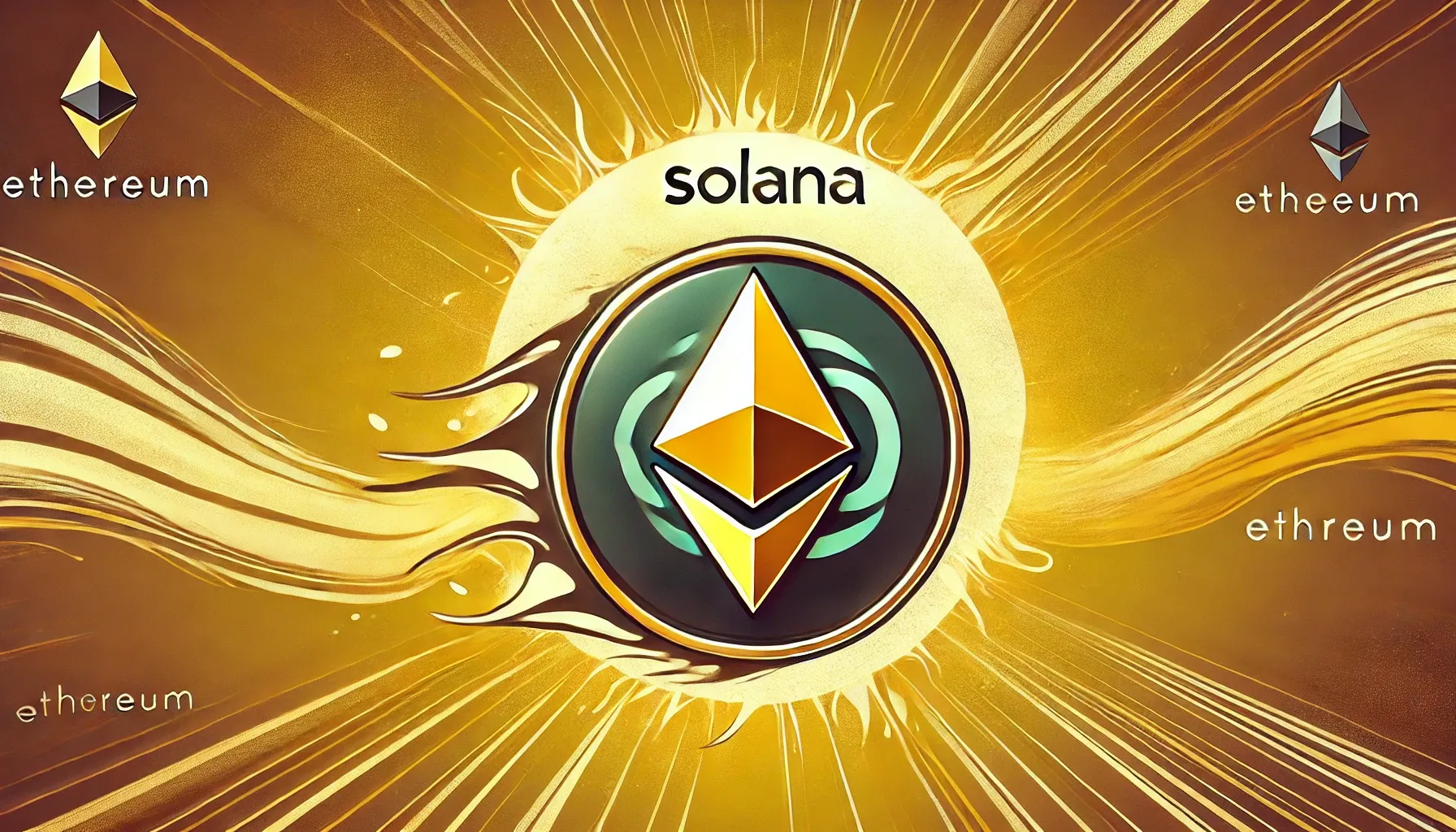Jito Surges Ahead of Circle and ETH As Solana Flips Ethereum: Guest Insights
The world of cryptocurrency is evolving rapidly, with significant shifts happening across various digital assets. Jito surges ahead of Circle and ETH as Solana flips Ethereum, marking a crucial moment in the crypto market. This shift has sent waves through the financial community, as market players re-evaluate their positions in light of these changes.
In this article, we’ll break down how Jito has overtaken major players like Circle and Ethereum (ETH) and why Solana’s rise over Ethereum is so significant. This post will also touch on the potential future implications for the entire blockchain ecosystem.
sportsdesignss.com brings you these insights in a simple, easy-to-understand format so you can keep up with the latest trends in the world of crypto.

What Is Jito, and Why Is It Surging?
Jito is a relatively new entrant in the blockchain space, but it has already started making waves. Built on the Solana blockchain, Jito is known for its innovative infrastructure that aims to optimize transaction speeds and reduce fees for users. But what sets Jito apart from competitors like Circle and ETH?
At its core, Jito utilizes Solana’s unique Proof-of-History (PoH) mechanism, which allows for ultra-fast transactions. As a result, Jito surges ahead of Circle and ETH, becoming a more efficient choice for those looking to minimize costs while maximizing speed.
How Jito’s Technology Surpasses Circle and Ethereum
Circle, known for its USD Coin (USDC), has been a central player in the stablecoin market. While Circle provides stability, its underlying technology isn’t as fast as what Jito offers. Ethereum, on the other hand, has been the leading smart contract platform, but it has struggled with high gas fees and slower transaction times. Jito, built on Solana, combines the speed of transactions with cost-effectiveness, something both Circle and Ethereum lag behind on.
One of the reasons Jito surges ahead of Circle and ETH is that it uses Solana’s low-cost and high-speed infrastructure, which enables real-time settlements and decentralized applications (dApps) to operate smoothly without the high fees usually associated with Ethereum.
Solana’s Rise Over Ethereum: The Big Flip
For years, Ethereum has been the king of smart contracts and decentralized applications. However, as of late, Solana has flipped Ethereum, marking a significant shift in the blockchain world. This change was largely driven by Solana’s lower costs, faster speeds, and the ability to handle thousands of transactions per second compared to Ethereum’s much lower throughput.
Why Did Solana Flip Ethereum?
Solana’s key advantage lies in its efficiency. The Proof-of-History (PoH) consensus allows transactions to be processed faster, and for developers, it provides a more seamless experience when building dApps. In contrast, Ethereum’s Proof-of-Work (PoW) model (and the newer Proof-of-Stake (PoS) with Ethereum 2.0) still lags behind in speed and cost-effectiveness.
When Solana flipped Ethereum, it wasn’t just about market capitalization but a shift in how decentralized applications are being built and run. The Solana ecosystem has become a go-to platform for developers who prioritize speed and scalability, two areas where Ethereum has historically struggled.
For more details about Solana’s rise, check out our article on sportsdesignss.com.
What This Means for Circle and Ethereum
The rise of Solana and the surge of Jito pose a new challenge for Ethereum and Circle. While Circle’s stablecoin remains crucial for stable financial transactions, it may need to innovate its underlying infrastructure to remain competitive in this fast-paced market. Likewise, Ethereum has already recognized its scalability issues, prompting the launch of Ethereum 2.0 to address some of these concerns. However, with the rise of Jito on Solana, Ethereum’s dominance is being questioned.
Future Implications of Jito’s Surge
As Jito surges ahead of Circle and ETH, it paves the way for more Solana-based innovations. The speed and efficiency offered by Jito could attract more developers and users, resulting in a growing ecosystem around it. Additionally, Solana’s low fees make it a more appealing option for those entering the world of decentralized finance (DeFi).
What’s Next for the Crypto Market?
The surge of Jito and the rise of Solana over Ethereum are just the latest in a series of events that demonstrate how rapidly the crypto market can change. This is a key moment for developers, investors, and crypto enthusiasts who must re-evaluate their strategies.
Will Ethereum Regain Its Top Position?
Ethereum remains a powerful player, especially with the rollout of Ethereum 2.0. However, the gap created by Jito’s surge and Solana flipping Ethereum won’t be easy to close. Ethereum’s slower transaction speeds and higher fees could limit its appeal compared to the faster and cheaper alternatives like Jito on Solana.
Ethereum, for its part, continues to be favored by institutional investors and large-scale projects, but the rise of alternatives like Jito forces it to reconsider how it approaches scalability and efficiency.
Conclusion: Jito’s Rise and Solana’s Momentum
The rapid changes in the blockchain space, particularly with Jito surging ahead of Circle and ETH and Solana flipping Ethereum, demonstrate how dynamic and fast-moving this industry is. While Ethereum and Circle have dominated for a long time, newer platforms like Jito on Solana are offering much-needed solutions to the challenges of scalability, speed, and cost.
